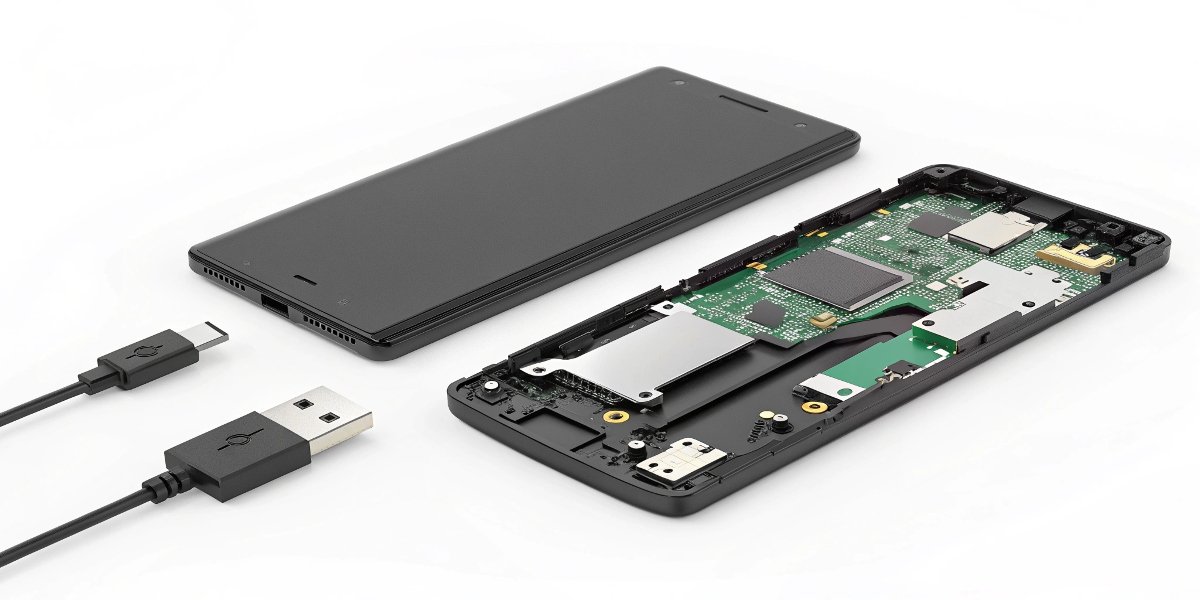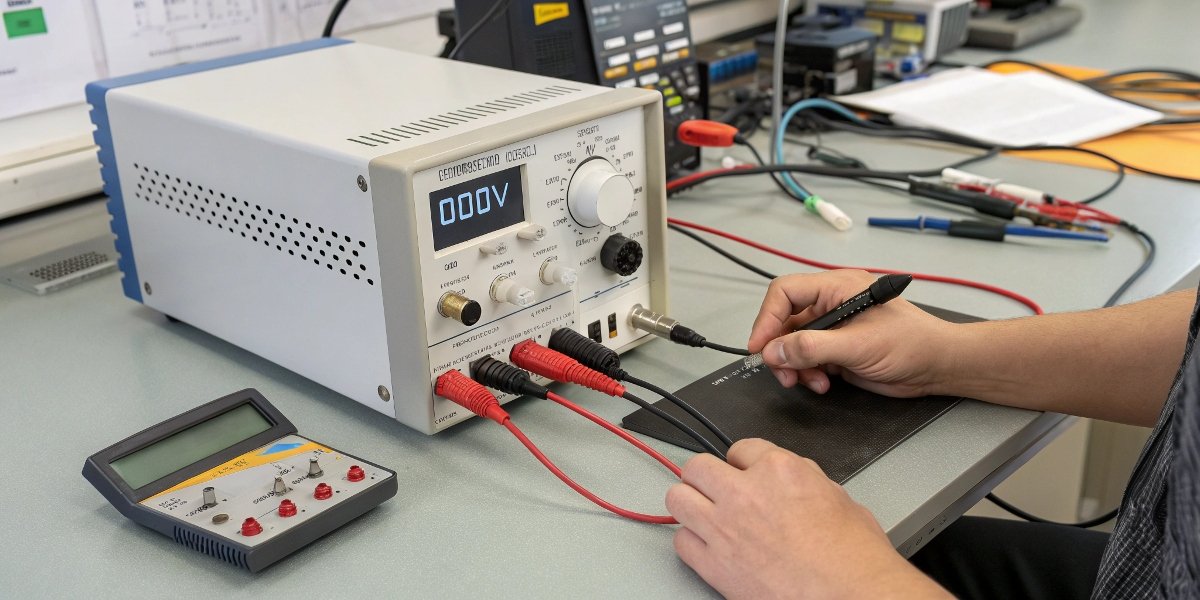Your medical wearable is a breakthrough. But the wrong battery makes it bulky, unreliable, or even unsafe. This can destroy patient trust and the success of your product.
Standard batteries fail to meet the needs of wearable medical devices because they lack the required custom shape, high reliability, and stringent safety protocols. They aren't designed for the flexibility, comfort, and direct skin contact that are critical for patient adoption and trust.
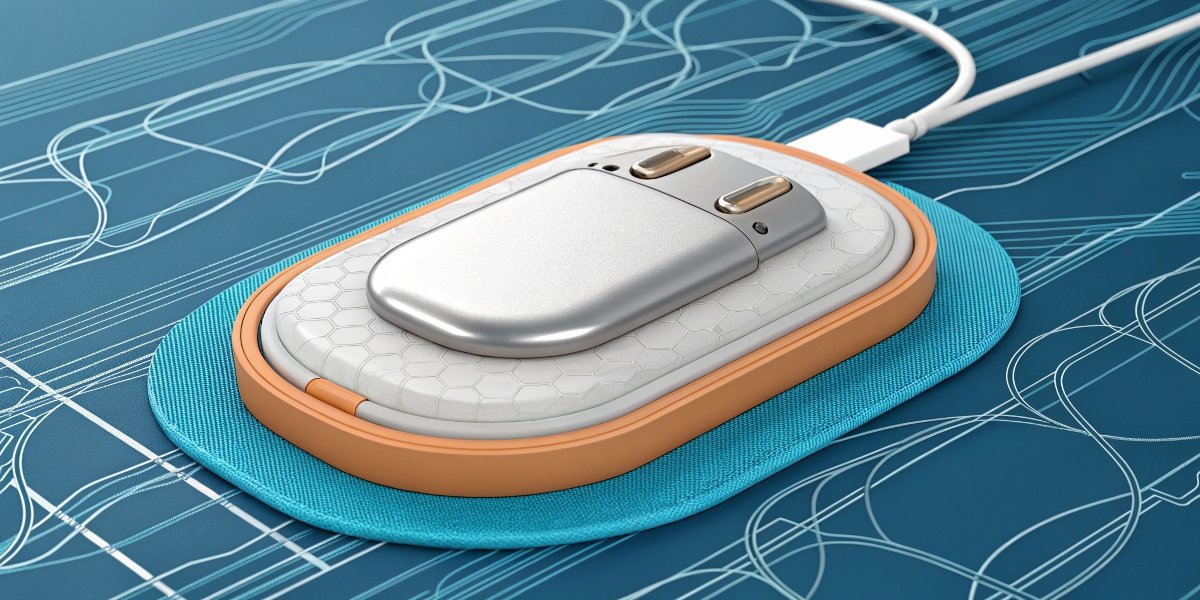
The battery is more than just a component that provides power. For a medical device worn on the body, it is a core part of the user experience. A failure in the battery is a failure of the entire device in the patient's mind. This is something I've learned over 10 years in this industry. Let's explore why getting the battery right is so critical for your success.
Why are batteries a concern in wearable technology?
You've designed a brilliant wearable device. But a battery that gets hot, is too bulky, or dies too quickly makes patients uncomfortable. This poor battery performance can completely undermine your product's therapeutic purpose.
Batteries are a major concern because they directly impact user safety, comfort, and confidence in the device. A battery that overheats, has a short life, or makes the device heavy can lead users to stop wearing it, defeating its medical purpose and harming your brand.

Based on my experience, a battery is not just a technical problem; it is a human problem. If a wearable device drains its power too fast, takes too long to charge, or feels hot against the skin, it’s more than just an inconvenience. It breaks the user’s trust in the product. For a medical device, this trust is everything. Patients need to feel confident that the device is safe and reliable. Any doubt can lead to them abandoning the device, which means the treatment fails. This is why we must think about the battery from the user's perspective.
The Human Factors of Battery Performance
| Factor | Impact on User | Why it Matters for Medical Devices |
|---|---|---|
| Heat | Causes discomfort and skin irritation. Creates safety fears. | Patients will not wear a device that feels unsafe or hurts them. Trust is lost immediately. |
| Short Battery Life1 | Frequent charging is inconvenient. Causes anxiety about the device dying. | Consistent monitoring is often the goal. If the device is always charging, it's not collecting data. |
| Bulky Size | Uncomfortable to wear, especially during sleep. Catches on clothing. | Comfort is key to adherence. If a patient won't wear it, the device is useless. |
What is the standard battery for medical devices?
You need a battery for your new medical wearable. You look for a "standard" off-the-shelf option to save time and money. But you quickly find that these standard batteries just don't fit.
For large, traditional medical equipment, common cells like the 18650 are a standard. However, for wearable medical technology, there is no single "standard." The new standard must be a custom-designed battery that meets the device's specific needs for size, shape, and safety.
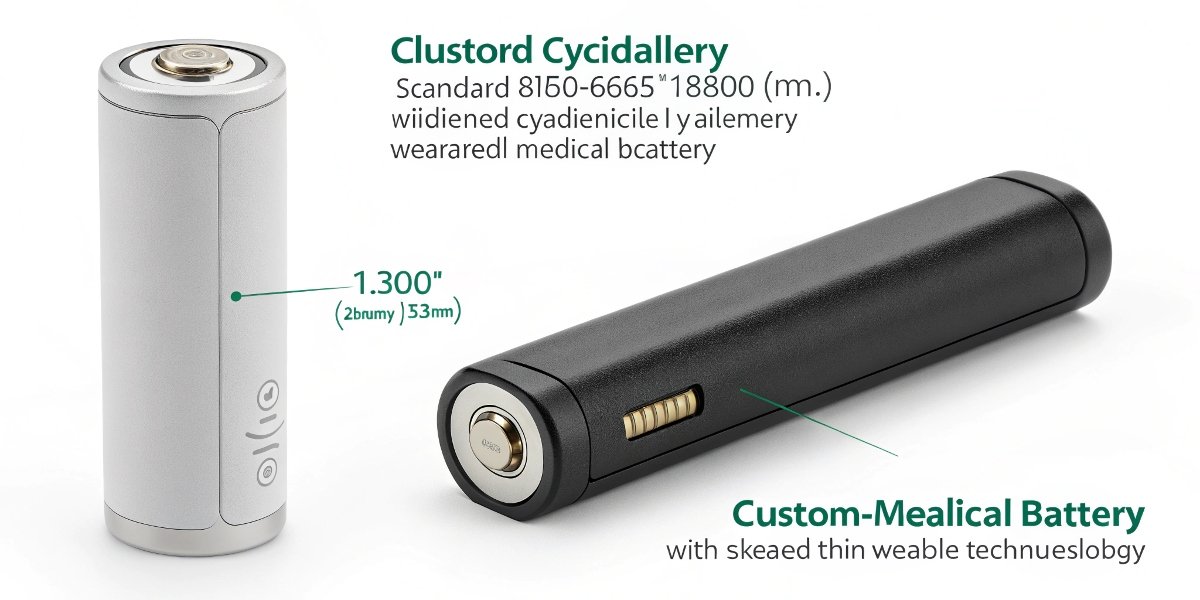
The term "standard battery" usually refers to common cylindrical cells like the 18650, 21700, or AAAs. These are great for products like power tools or TV remotes, but they are not right for devices worn on the human body. Medical wearables need to be small, lightweight, and often curved to fit comfortably. A rigid, cylindrical battery simply cannot meet these design requirements. The biggest needs for medical batteries are high safety and high reliability. You cannot compromise on these. This is why a one-size-fits-all approach does not work. You need a solution that is built for your exact application, guaranteeing both performance and patient safety. The battery must be as unique as the device itself.
Standard Cells vs. Custom Batteries for Wearables
| Feature | Standard Cylindrical Cell (e.g., 18650) | Custom Lithium Polymer Battery |
|---|---|---|
| Shape & Size | Rigid cylinder, fixed dimensions. | Flexible, thin, can be custom-shaped (curved, L-shaped, etc.). |
| Weight | Heavier due to metal casing. | Lighter due to flexible pouch packaging. |
| Space Efficiency | Inefficient, leaves empty space in non-rectangular devices. | Maximizes internal space, allows for smaller, sleeker devices. |
| Suitability for Wearables | Poor. Too bulky and uncomfortable for body-worn use. | Excellent. Enables ergonomic designs that improve patient comfort. |
What type of battery do most wearable devices use?
Your new wearable design is sleek, compact, and perfectly ergonomic. But finding a battery that fits inside without sacrificing power seems impossible. All the off-the-shelf batteries are too big and clunky.
Most wearable devices use custom-shaped Lithium Polymer (LiPo) batteries. Their high energy density, light weight, and ability to be molded into different shapes make them the best choice for small, body-worn electronics where space and comfort are top priorities.
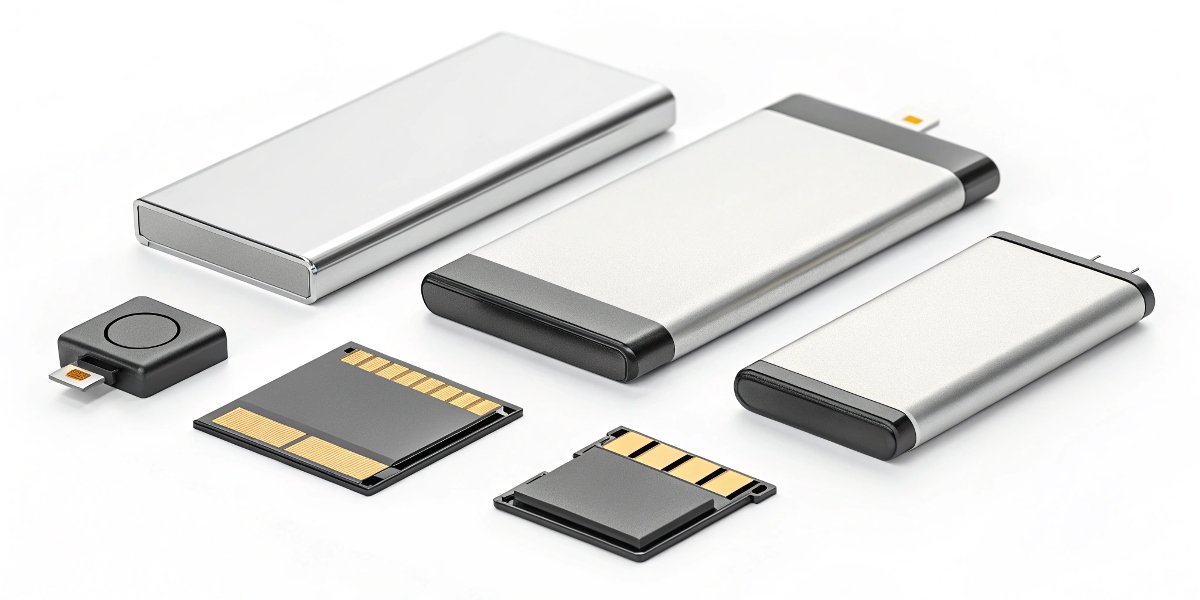
Lithium Polymer2 is the technology that makes today's slim and lightweight wearables possible. Unlike traditional lithium-ion batteries with rigid metal cases, LiPo batteries use a flexible foil-like pouch. This allows us to create batteries in almost any shape and size you can imagine. We can make them ultra-thin, curved, or even with cutouts to fit around other components. This design freedom is critical for medical wearables. Patient comfort is one of the most important factors for success. If a patient finds a device uncomfortable, they are less likely to use it consistently, and that can negatively affect their treatment outcome. A lightweight, correctly shaped battery allows you to design a device that the patient will forget they are even wearing. This improves adherence and leads to better data and health results.
What kind of batteries are used in medical devices?
You are a startup with an amazing idea for a new medical wearable. You need custom batteries to build your prototype, but suppliers keep telling you they have a minimum order of 10,000 units. You feel stuck.
Medical devices use many battery types, from lead-acid in hospital equipment to lithium-ion in portable tools. For innovative wearables, the key is not just the battery type, but finding a partner who offers custom lithium batteries with flexible, low minimum order quantities (MOQs).

I have worked with many startups and small companies, and I understand their challenges very well. I have a client who runs a startup in the health tech space. They developed a fantastic product but did not need 10,000 batteries for their first run. They needed just 500 custom batteries for final testing and their initial product launch. Most standard suppliers turned them away because the order was too small. This is a common problem that holds back innovation. This is where a flexible partner becomes so important. We worked with them to design the perfect battery and produced the small quantity they needed. This allowed them to get their product to market and secure their next round of funding. Small companies need flexible battery solutions so they can grow, and this is a part of my work that I am very passionate about.
Conclusion
In short, custom lithium batteries3 are critical for modern medical wearables. They ensure the device is safe, comfortable, and reliable, which builds the patient trust needed for success.
-
Understanding the implications of short battery life can help improve device design and user experience. ↩
-
Explore the benefits of Lithium Polymer batteries, which are crucial for creating comfortable and effective wearable devices. ↩
-
Customize the different shapes of Lithium Polymer batteries for wearable devices. ↩

